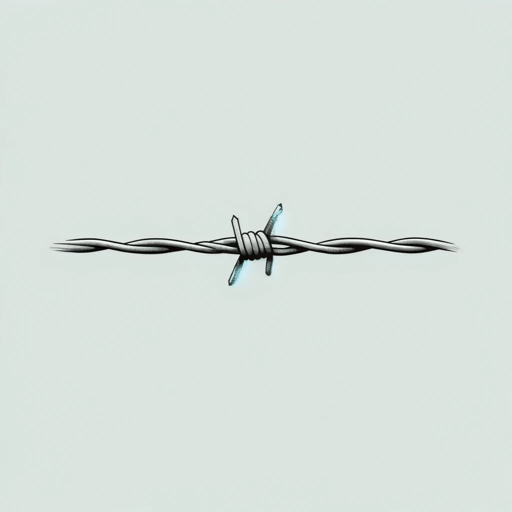41 pages • 1 hour read
Aleksandr SolzhenitsynOne Day in the Life of Ivan Denisovich
Fiction | Novel | Adult | Published in 1962A modern alternative to SparkNotes and CliffsNotes, SuperSummary offers high-quality Study Guides with detailed chapter summaries and analysis of major themes, characters, and more.
Themes
The Human Cost of Stalinism
The setting of the forced labor camp, the purpose of the prisoners’ labor, and the characters’ backstories and fates all speak to the human toll of Stalinism. The prisoners endure extreme cold, inhumane treatment, and hard labor without proper supplies or safeguards. They are often imprisoned for spurious reasons, and their backstories illustrate the corruption within Stalinism. Both Shukhov and Senka were held captive by German forces during the Second World War; Senka spent time in a concentration camp and was tortured. When they manage to escape they are not welcomed as war heroes but baselessly condemned as spies. Another prisoner, Gopchik, was imprisoned for bringing milk to a band of rebels. He is in his mid-teens but is treated as an adult, meaning, like all new prisoners, he has been given a 25-year sentence. Tiurin’s backstory demonstrates how the government abused its power by eliminating a faction of the population. His story represents the millions of kulaks who were exiled, imprisoned, or killed. Baptists like Alyosha are similarly discriminated against and targeted: “What harm did they do anyone by praying to God? Every damn one of them had been given 25 years” (154). The prisoners’ backstories show the various ways that individuals were oppressed during Stalin’s reign.
Related Titles
By Aleksandr Solzhenitsyn




